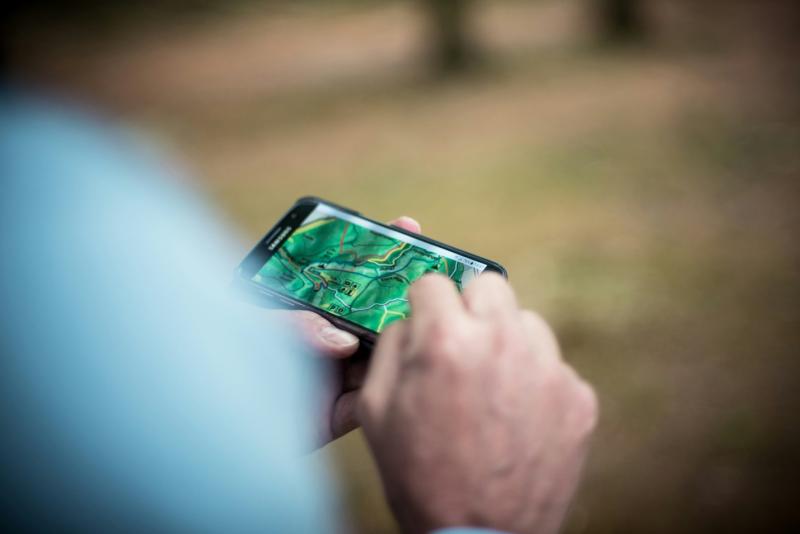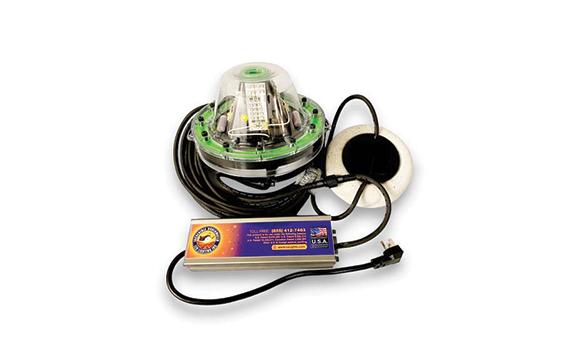Navigating New Trails: A Beginner’s Guide to Outdoor Navigation Techniques

Exploring the outdoors can be both exhilarating and daunting for beginners. One key element that ensures a safe and confident hiking experience is learning the basics of outdoor navigation. With nature’s unpredictable terrains, mastering navigation techniques allows you to embark on adventures without the fear of losing your way.
In this guide, we’ll explore the essential tools and techniques that every novice hiker should know—from reading a map and using a compass to leveraging modern technology like GPS apps. By the end of this guide, you’ll be ready to confidently tackle new trails with the right knowledge and lightweight hiking gear.
1. The Importance of Navigation Skills
Outdoor navigation isn’t just about finding the trailhead; it’s about ensuring you can stay on course, avoid hazards, and reach your destination safely. For beginners, acquiring these skills also builds self-reliance and enhances the enjoyment of the journey. Knowing how to use navigation tools like maps and compasses is crucial, especially in remote areas where phone signals can be unreliable. Additionally, understanding your surroundings helps you engage more deeply with nature and reduces the risk of getting lost or venturing into unsafe areas.
2. The Basic Tools for Navigation
To start your outdoor navigation journey, there are a few key tools that you should always carry in your lightweight backpack for hiking:
· Map: A topographic map provides detailed information about the landscape, including elevations, landmarks, and trails. It’s an essential tool for understanding the terrain and planning your route. Before your hike, familiarize yourself with the map to identify possible challenges like steep inclines or water crossings.
· Compass: A reliable compass, when paired with a map, can help you determine your direction. While GPS apps are convenient, a compass doesn’t rely on batteries or cell signals, making it an indispensable tool in the wild.
· GPS Device or App: Modern hikers often use GPS devices or smartphone apps for navigation. Apps allow you to download trail maps and track your location even when offline. However, it’s important to have a backup like a compass in case technology fails.
3. Reading a Map
Reading a map may seem overwhelming at first, but it’s a skill that becomes intuitive with practice. Here are the basic steps to help you get started:
· Understand Map Symbols: Maps use various symbols to represent different terrain features. For example, contour lines show elevation, while dashed lines represent trails. Take time to learn the common symbols used on topographic maps.
· Orient the Map: To align your map with the real world, use your compass to match the map’s north with your actual surroundings. This will help you visualize where you are and where you need to go.
· Identify Landmarks: Look for visible landmarks such as mountains, rivers, or valleys on both your map and in the environment. These landmarks serve as reference points, helping you confirm your location.
4. Practical Tips for Beginners
· Plan Your Route: Before heading out, carefully plan your route using a combination of a map, compass, and GPS. Estimate the time needed for each section and prepare for possible obstacles like water crossings or steep terrain.
· Mark Waypoints: As you hike, mark important waypoints, such as trail junctions or notable landmarks, on your map. This helps you track your progress and retrace your steps if necessary.
· Stay Alert: Pay attention to your surroundings, and don’t rely solely on technology. Look for changes in the terrain, trail markers, and weather conditions, as these can all impact your navigation.
· Practice in Low-Risk Areas: Before attempting longer hikes, practice your navigation skills in familiar areas with well-marked trails. This allows you to build confidence before venturing into more remote regions.
Whether you’re a beginner or an experienced hiker, mastering the basics of outdoor navigation is essential for safe and enjoyable adventures. Start small, practice your skills regularly, and gradually challenge yourself to navigate more complex trails.
Looking for gear to support your navigation journey? Light Hiking Gear offers a range of light camping gear, ultralight hiking packs, and comfortable hiking backpacks perfect for your next adventure. Shop lightweight backpacking gear today and explore the trails with confidence.













Comments